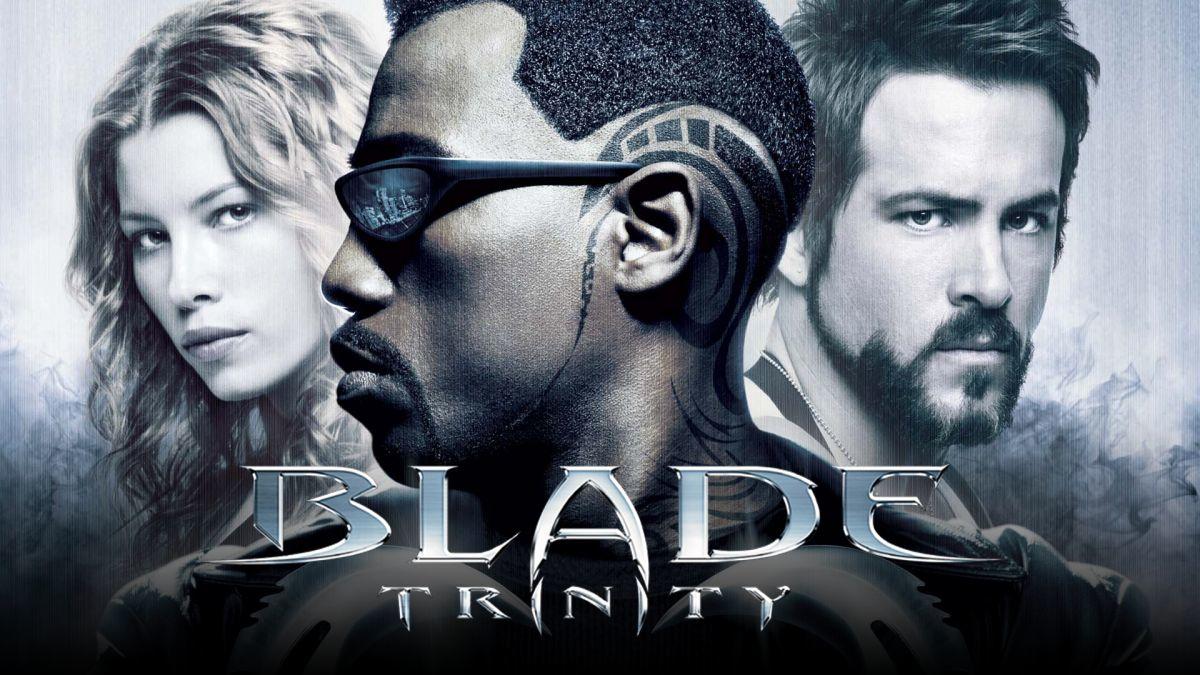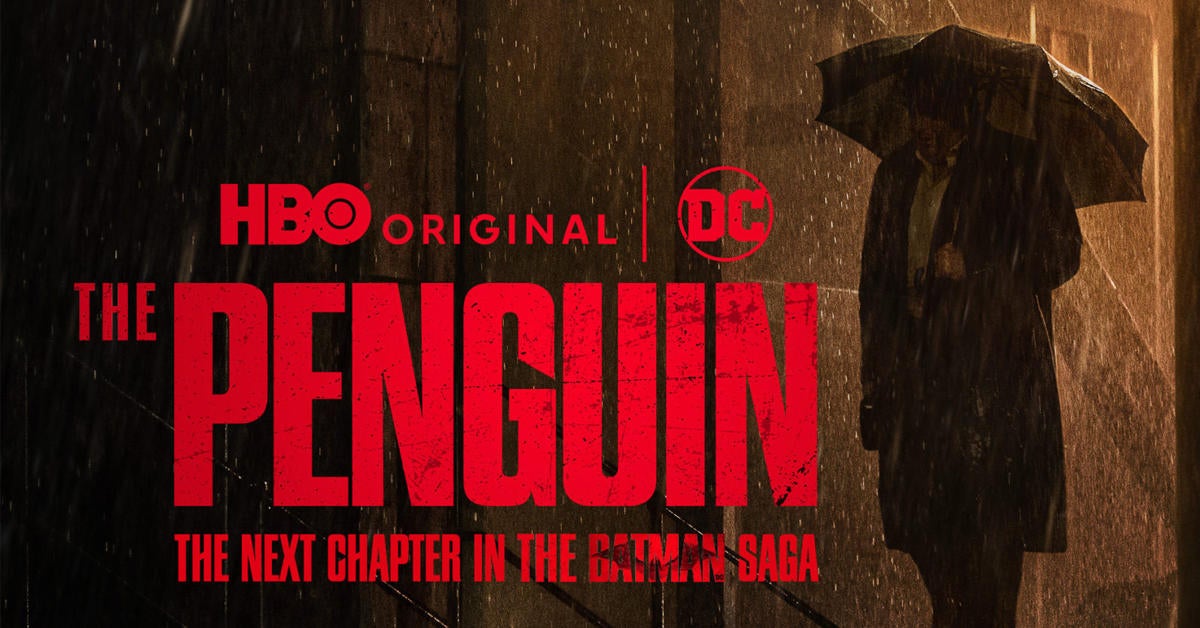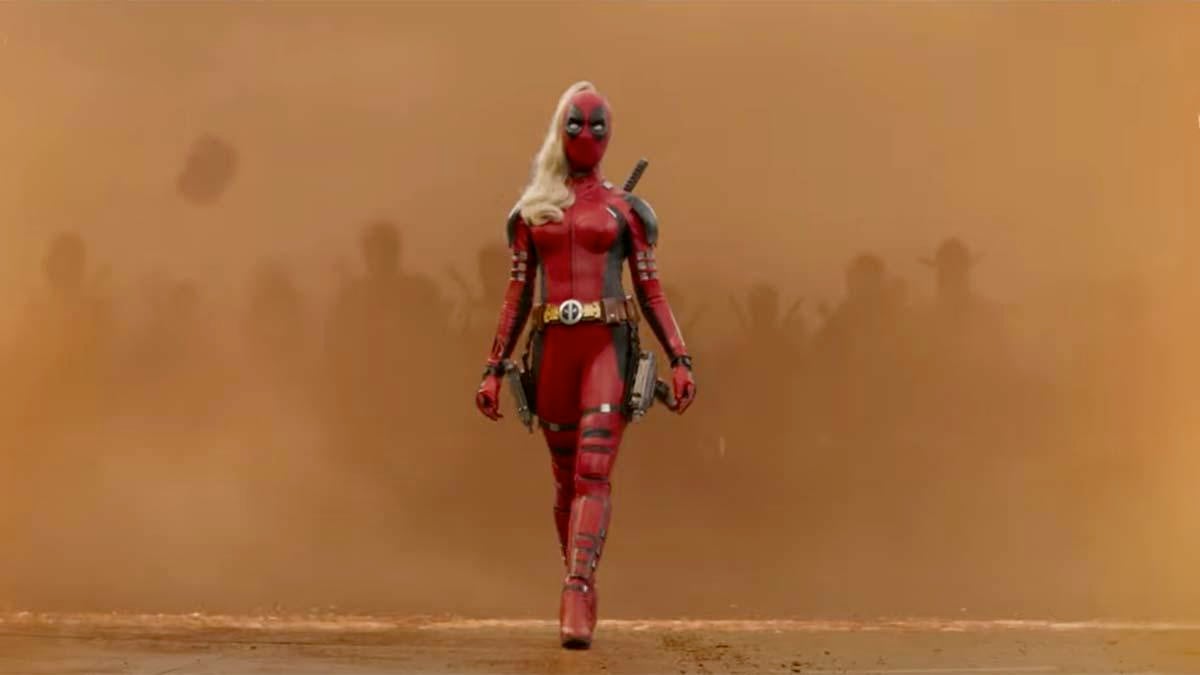Peacemaker Episode 5 Pays Tribute to One of the Weirdest Trends in DC History
The fifth episode of DC's Peacemaker found its way onto HBO Max on Thursday, providing a take on the DC Comics universe that fans have to see to believe. Over the course of the series' run thus far, there has been a fascinating blender of DC Comics lore — combining the existing comic canon of Christopher Smith / Peacemaker (John Cena) with the new conspiracy of Project Butterfly and some weird references and homages to the pages of DC Comics. Episode 5 of the series upped the ante even more while also, in a roundabout way, paying tribute to one of DC's earliest tropes. Spoilers for Episode 5 of Peacemaker, "Monkey Dory", below! Only look if you want to know!
The episode saw Peacemaker and the rest of his team continuing to investigate Project Butterfly, and discovering the distribution center for the Butterflies' food source. The attempt to take the facility down quickly grew into a bloody and deadly affair — one that was only escalated with the arrival of a gorilla, who was hinted as having escaped the local zoo in Episode 4. The gorilla, which was possessed by a Butterfly, nearly attacked Peacemaker, only to be sawed in the chest with a chainsaw and killed by John Economos (Steve Agee).
The scene is undeniably violent and surprising, and is sure to make some fans draw comparisons to the existing gorillas in DC lore, including Gorilla Grodd and Ultra-Humanite. While we know that the Peacemaker gorilla is unique from those existing incarnations, its arrival in the show does carry the torch of one of the earliest trends within DC — that it would add gorillas to the covers of its comics to increase sales. If the trend can be traced back to a specific point, it might be 1951's Strange Adventures #8, which featured cover art of a gorilla holding a note to a horrified public about how he was really the victim of a "terrible scientific experiment." As DC editor Julius Schwartz explained in his 2000 biography Man of Two Worlds: My Life in Science Fiction and Comics, the implied story behind the gorilla's predicament fascinated readers, and ended up boosting sales for the book significantly.
"It must have been that this idea – a gorilla who was once a man, pleading with his girlfriend to help him out of this horrendous situation – appealed to our readers," Schwartz revealed at the time. "They wanted to know how such a thing could possibly happen and what could be done it. We decided that the magazine sold well because the gorilla was acting like a human being. So we decided to try it again... and every time we tried it, it sold fantastically well, with sales shooting sky high! In due time every editor wanted to use a gorilla on the cover. Even on Wonder Woman! Eventually the law had to be laid down: no more than one DC cover that had a gorilla on it a month (except, of course for the occasional 'gorilla month', where every title had to have a gorilla on its cover)."
This trend of gorilla-related covers stretched through 1967, and (either intentionally or unintentionally) dropped off just around the release of Planet of the Apes in May 1968. Later that year, when company-wide staffing shakeups led to editors and writers either being fired or reassigned to other books, the active effort to include apes on DC's covers seemed to go away. All these years later, HBO Max's Peacemaker continues to prove the mindset of DC's Silver Age — that if you add a gorilla, the story's going to head into some unexpected and entertaining places.
New episodes of Peacemaker debut Thursdays exclusively on HBO Max.




